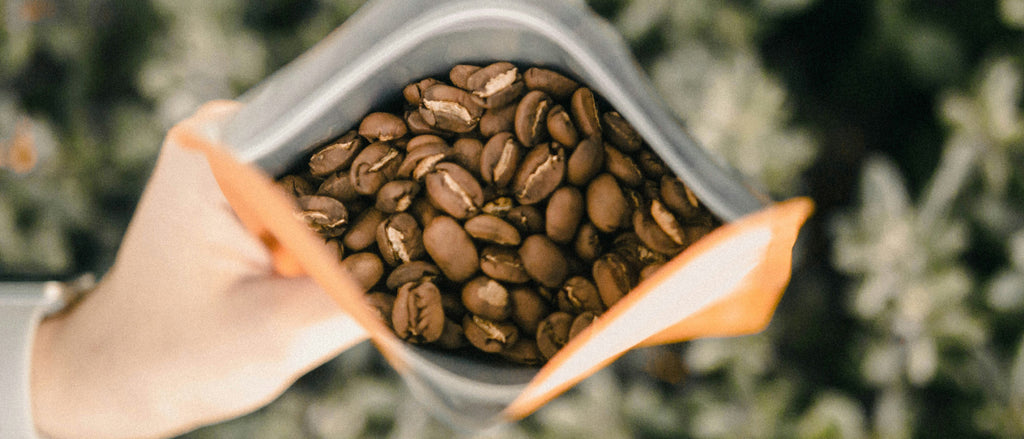Demystifying Tasting Notes: How to Decode Coffee Flavour Descriptions
Have you ever picked up a bag of coffee beans and been intrigued by the array of flavour notes listed on the label? From fruity and floral to chocolatey and nutty, tasting notes offer a glimpse into the complex flavours and aromas that await you in your cup. But understanding these descriptors can sometimes feel like deciphering a secret code. Fear not, as we embark on a journey to demystify tasting notes and unlock the delicious world of coffee flavours.

-
Understanding Tasting Notes: Tasting notes are descriptors used to convey the various flavours, aromas, and mouthfeel characteristics of a coffee. They provide a sensory roadmap to guide you through the tasting experience, helping you identify and appreciate the nuances of each cup. Tasting notes can range from specific flavour profiles like "blueberry" or "caramel" to more abstract descriptors like "bright acidity" or "velvety texture."
-
Origin Influence: The origin of the coffee beans plays a significant role in shaping their flavour profile and, consequently, the tasting notes listed on the bag. Beans sourced from different countries or regions will exhibit distinct characteristics influenced by factors such as altitude, climate, soil composition, and processing methods. For example, beans from Ethiopia might feature fruity and floral notes, while those from Central America could showcase citrusy acidity and chocolate undertones.
-
Roast Level: Roast level also impacts the flavour profile of coffee and influences the tasting notes you'll encounter. Lighter roasts tend to preserve the inherent flavours of the beans, offering brighter acidity and more pronounced fruitiness. Medium roasts strike a balance between flavour development and roast character, while darker roasts boast rich, bold flavours with caramelized sweetness and reduced acidity. Consider the roast level when interpreting tasting notes, as darker roasts may feature more caramelized or smoky flavours, while lighter roasts may emphasize floral or herbal notes.
-
Flavour Perception: It's essential to remember that flavour perception is subjective and can vary from person to person based on individual taste preferences and sensory experiences. What one person describes as "citrusy" might be perceived differently by another as "tangy" or "zesty." Additionally, factors such as brewing method, water quality, and serving temperature can influence how flavours are perceived in the cup. Trust your own palate and explore tasting notes to discover what resonates with you personally.
-
Experimentation and Exploration: Reading tasting notes is just the beginning of your coffee journey. Embrace experimentation and exploration as you delve deeper into the world of coffee flavours. Try different brewing methods, adjust grind sizes, and explore beans from various origins and roast levels to expand your palate and discover new taste experiences. Keep an open mind and be willing to challenge your preconceptions about what coffee can taste like.
-
Engage with the Coffee Community: Don't hesitate to engage with the coffee community—whether online forums, local coffee shops, or tasting events—to share your experiences, learn from others, and deepen your understanding of tasting notes. Coffee enthusiasts are often eager to exchange knowledge and recommendations, creating a supportive environment for exploration and discovery.

Tasting notes offer a window into the diverse and fascinating world of coffee flavours, inviting you to embark on a sensory journey with every cup. By understanding the influence of origin, roast level, and personal perception, you can decipher tasting notes with confidence and appreciation. So, the next time you pick up a bag of coffee beans adorned with flavour descriptors, let your curiosity guide you as you explore the rich tapestry of flavours waiting to be discovered in every sip.






12 comments
would love to have one of these machines
Awesome.